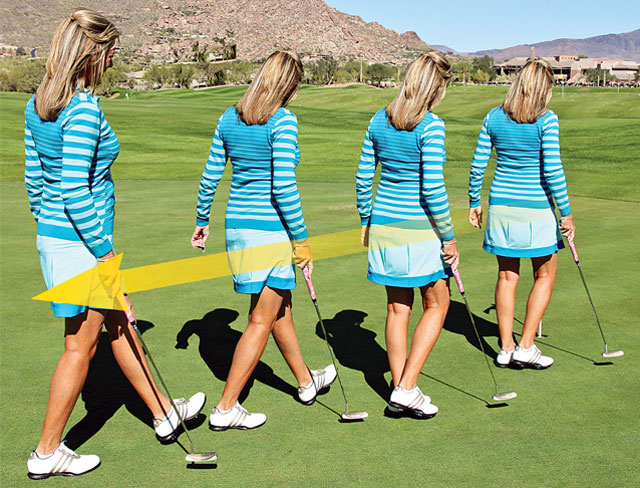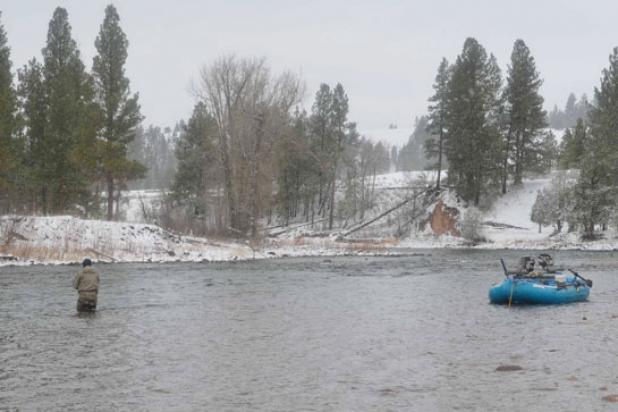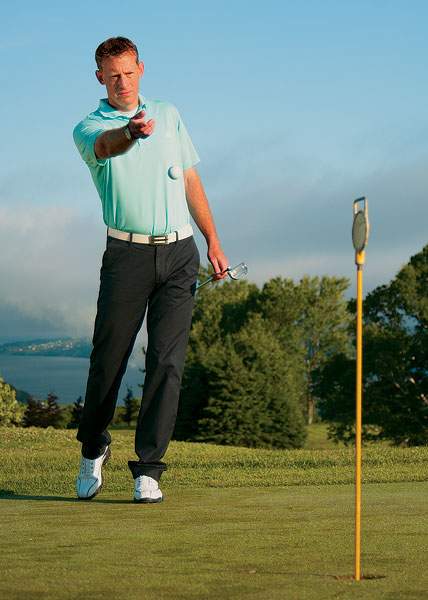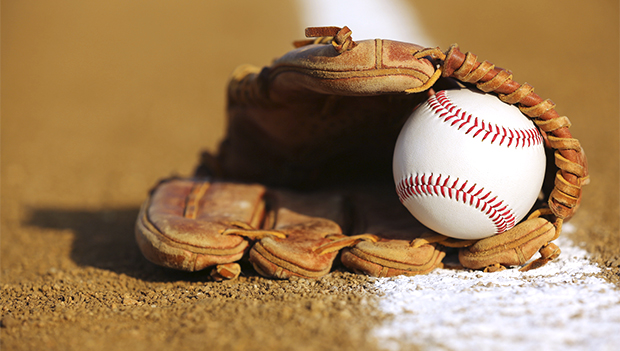
Years ago, I played in the Heather Farr Charity for the Blind tournament in Sun City, Ariz. I played with an English gentleman who had been blind since birth. It was quite fascinating to watch him play, especially when he was preparing to hit a shot. His wife (who some would say was his 15th club) would walk him to the ball and help him set his club to the ball. He would then slide his hand down the shaft of the golf club to feel the distance from the ball. It was an amazing thing to watch, and really opened my eyes to all the tools we as golfers have to improve our feel. There are many senses we often take for granted.
While the Englishman did this routine for all his shots, he did something a little different with his putting that I think is something we all can learn from. I noticed that instead of walking him directly to the golf ball, the Englishman's wife would take him to the hole and let him walk backward toward the direction of his ball for about five or six steps, then proceed to set up to the ball. After about four holes, I asked him why he would walk backward from the hole and what this did for his putting. He explained to me that it allowed him to feel the way the green was sloped close to the hole and he could only feel it when he walked backward as it would move his body as he walked. It was amazing how close he came to the hole with his putts. He shot a 92 that day, much to do with his ability to putt!
I have not only used this method to "see" which way the ball will break to the hole for my own game, but have passed it along to many of my students. The reason why the golfer only needs to walk back about five or six steps from the hole is that the ball is slowing down at this point and will be most affected by the slope of the green then.
The next time out on the putting green, try this little exercise. Stand facing the hole, then walk backward, allowing your body to follow the slope of the green. If you feel yourself going downhill to the right, you'll know that you'll be putting uphill from left to right because you're putting in the opposite direction that you're walking. If you have a tough time seeing or feeling any slope, you can try closing your eyes. You'll begin to notice the subtle breaks and make more putts every time.
Susie Corona, LPGA, is the director of instruction at Terravita Golf and Country Club in Scottsdale, Ariz.
GREEN READINGThe next time a Tour event swings through your town, do yourself a favor and go watch the players practice on a Monday or Tuesday. Be sure to watch their putting routines, how they set up over the ball and most importantly, how they read greens. You'll notice that, along with their caddies, Tour players critically scan over the green, looking for likely areas where holes will be cut. They inspect the grass and the grain and carefully read any slopes that are apparent to the eye. Once they do that, many players and caddies then take a broader approach and look at not only the green, but also the areas around the green. Often, a mound, collection area, water areas and even bunkers are hints of what direction the green slopes. For instance, if there's a water feature near a green, it's safe to assume that the green will have some slope toward that water. If there's heavy mounding on one side of the green, it's a pretty safe bet the architect is sloping the green away from those mounds to help the green drain water more effectively. In fact, look for any drains near the green, too. That's a dead giveaway for the low point of the green complex. Bunkers, too, sometimes act as shields from flooding and too much water accumulation on the greens. Point is, when you're reading greens, don't just read the putting surface. Look at the whole area–the green and all the features around it. __ÒStaff Report
New Trout Fishing Boat: Raft or Drift?



Copyright © www.mycheapnfljerseys.com Outdoor sports All Rights Reserved